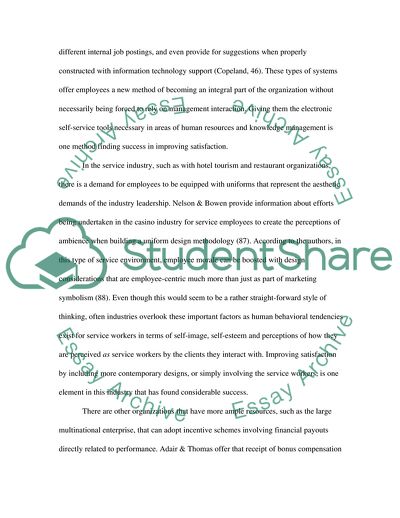Cite this document
(Techniques to Improve Employee Satisfaction Literature review, n.d.)
Techniques to Improve Employee Satisfaction Literature review. https://studentshare.org/human-resources/1744928-literature-review-of-techniques-to-imporve-employeee-satisfation
Techniques to Improve Employee Satisfaction Literature review. https://studentshare.org/human-resources/1744928-literature-review-of-techniques-to-imporve-employeee-satisfation
(Techniques to Improve Employee Satisfaction Literature Review)
Techniques to Improve Employee Satisfaction Literature Review. https://studentshare.org/human-resources/1744928-literature-review-of-techniques-to-imporve-employeee-satisfation.
Techniques to Improve Employee Satisfaction Literature Review. https://studentshare.org/human-resources/1744928-literature-review-of-techniques-to-imporve-employeee-satisfation.
“Techniques to Improve Employee Satisfaction Literature Review”. https://studentshare.org/human-resources/1744928-literature-review-of-techniques-to-imporve-employeee-satisfation.


